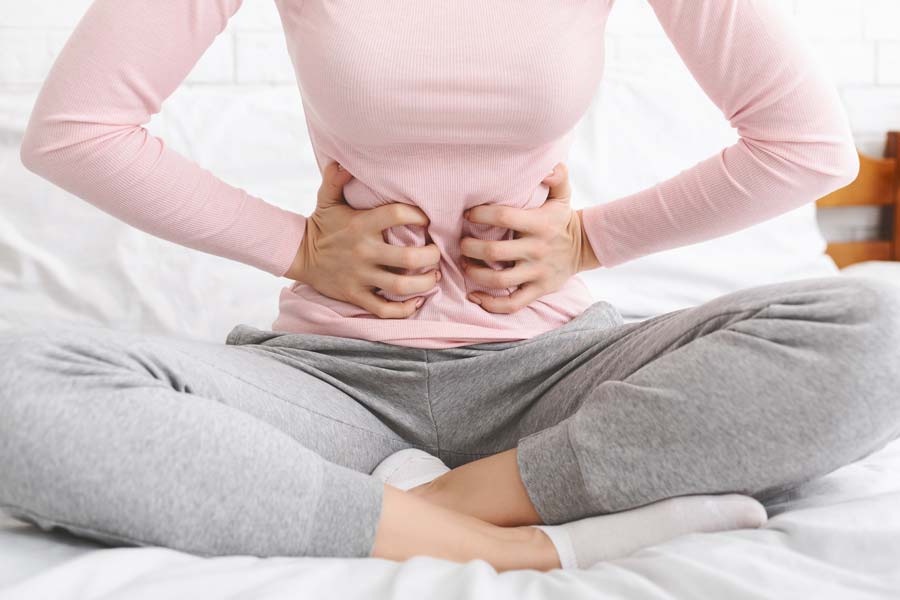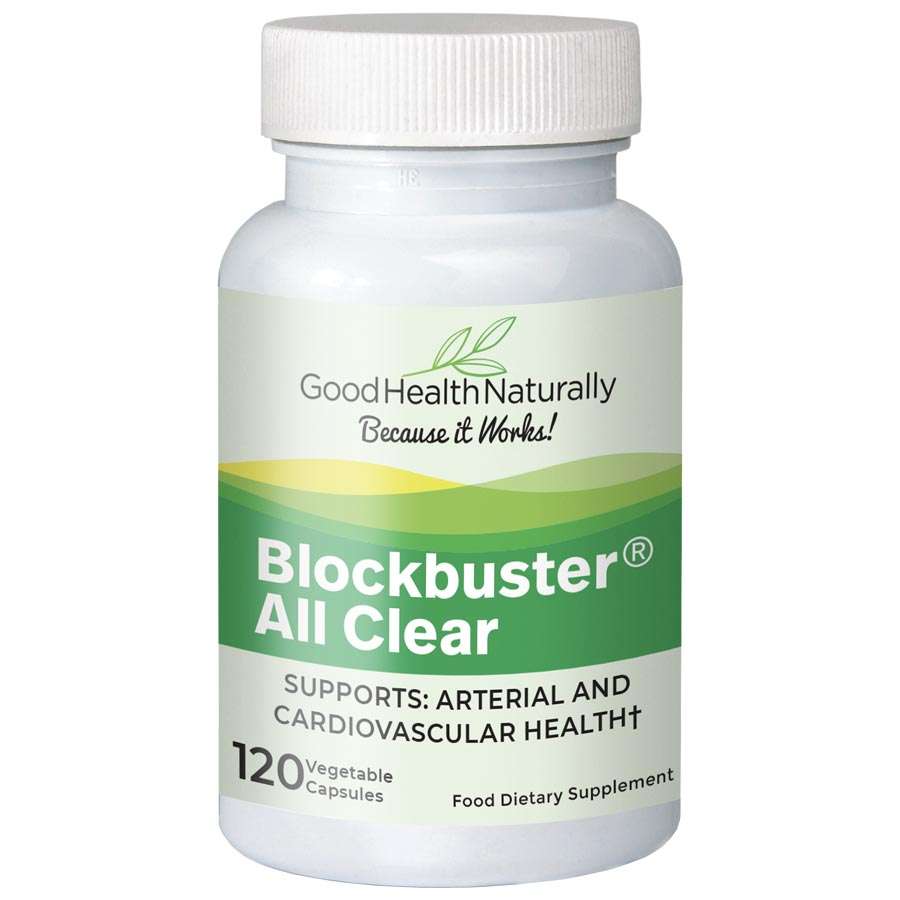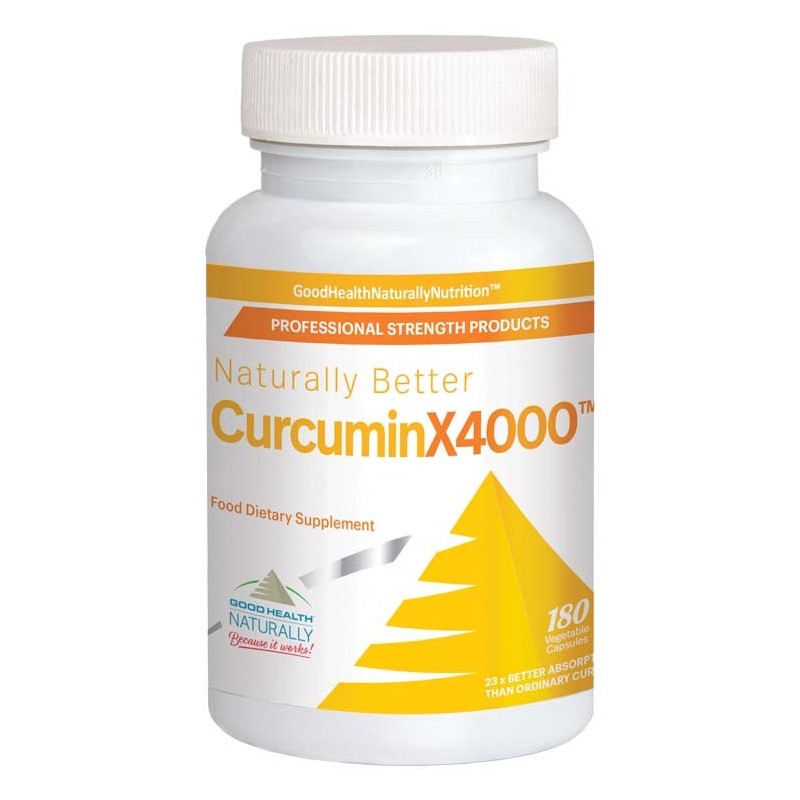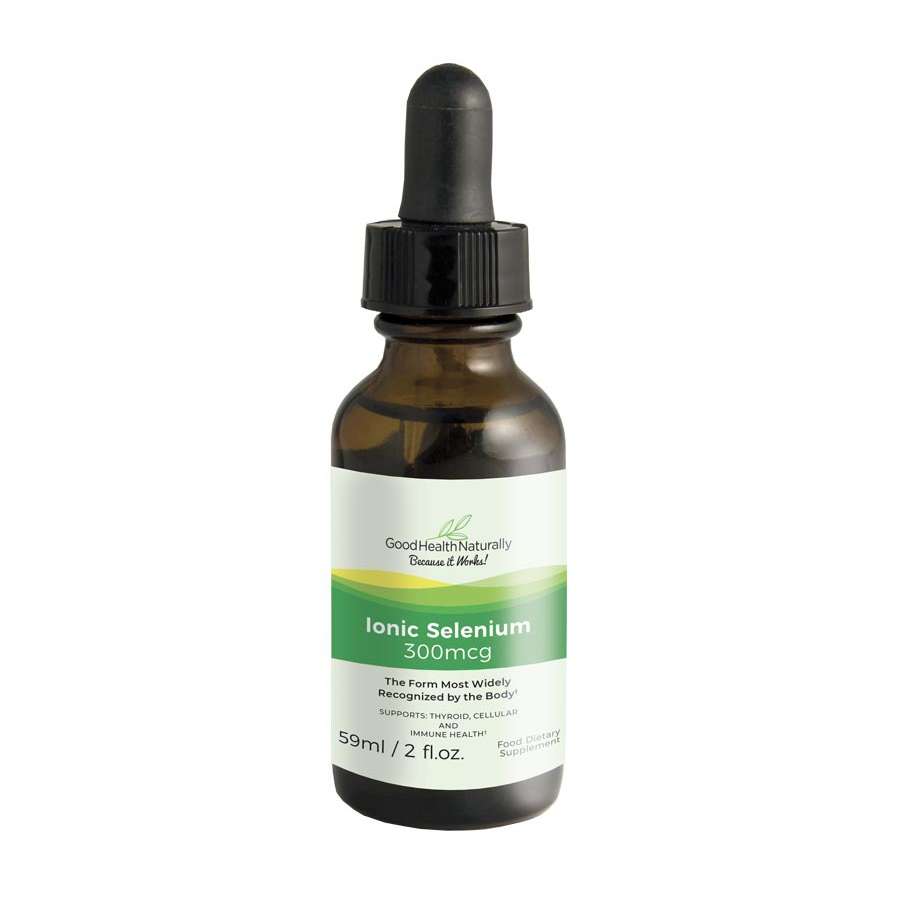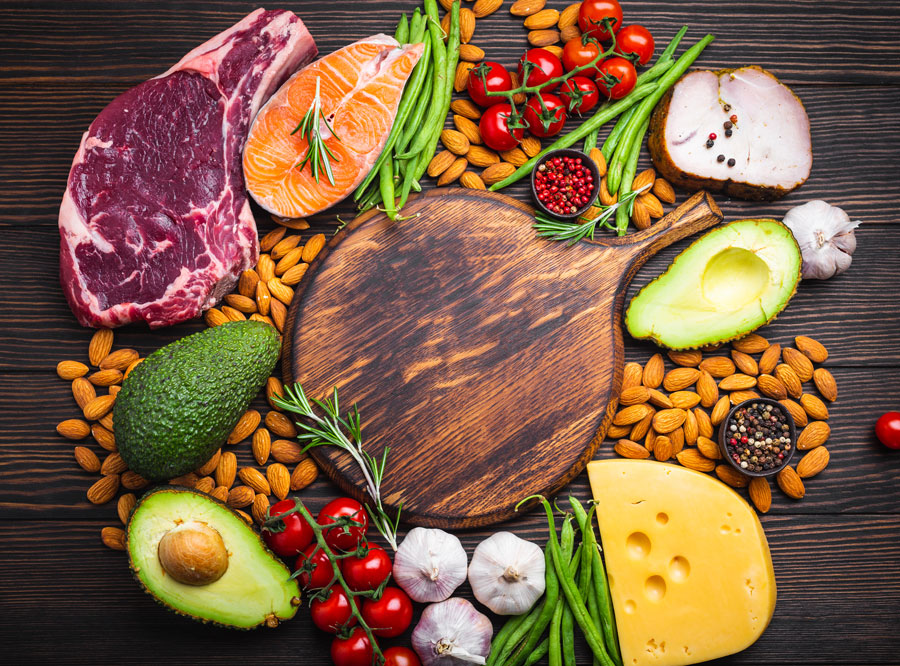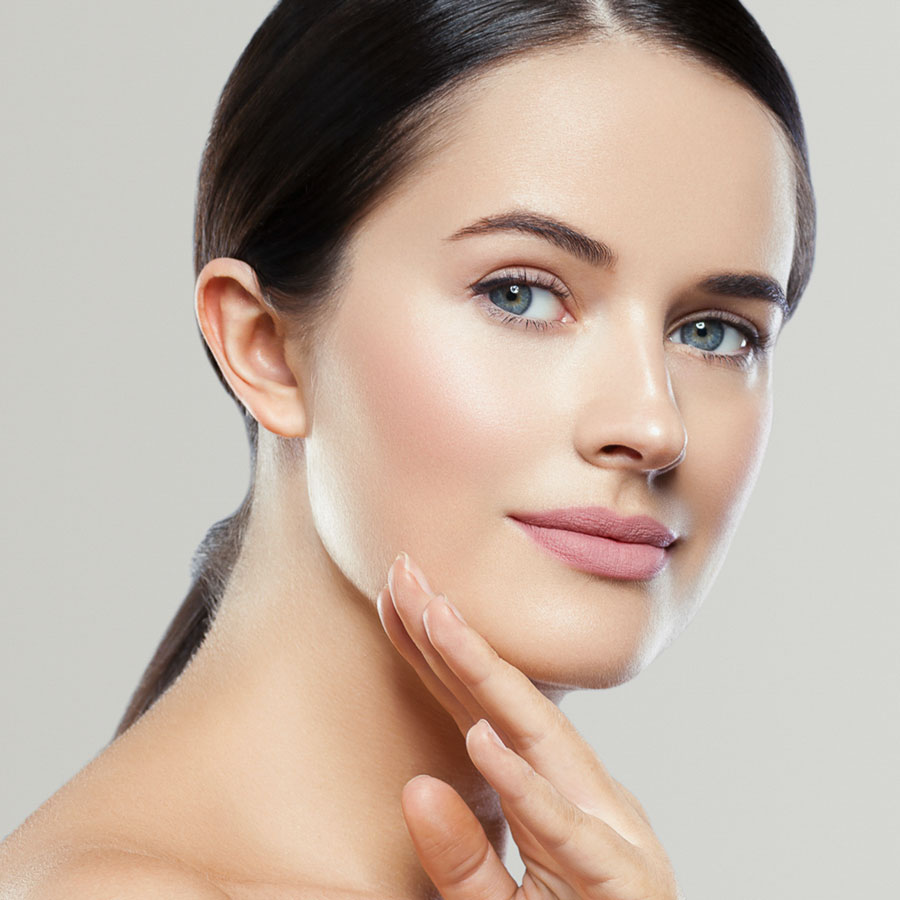As March is Endometriosis Awareness Month, we want to focus on how it can affect the health and wellbeing of 1 in 10 women who are living with this painful condition. New research from Endometriosis UK has revealed that 54% of people do not know what endometriosis is, increasing to 74% of men. [1] Talking about and understanding what endometriosis is can lift any attached stigma and allow people to better help those with the condition.
What is Endometriosis?
Endometriosis is a painful condition where the lining of the uterus, called the endometrium, grows in other places, such as the fallopian tubes, ovaries or along the pelvis. When that lining breaks down, like the regular lining in the uterus that produces the menstruation, it has nowhere to go.
While many women experience painful periods, in women with endometriosis their menstrual pain is much worse than usual and may increase over time. Internal bleeding from the lining being shed inside the body and into a place where it doesn’t belong can also lead to the formation of scar tissue, blocked fallopian tubes and bowel problems according to the Office on Women’s Health.
Here are five of the top questions/concerns you may have about endometriosis but were too afraid to ask…
1. How Does Endometriosis Cause Infertility?
When endometriosis becomes chronic, scarring and adhesions can occur which could block the fallopian tubes or uterus, making it difficult for fertility to happen. When there are difficulties with the sperm meeting the egg, pregnancy doesn’t occur. Endometriosis doesn’t necessarily mean infertility, but there are associated risks that can make it more difficult.
It’s estimated that up to 30 to 50% of women with endometriosis may experience infertility. This can have an impact on fertility in various ways including ‘distorted anatomy of the pelvis, adhesions, scarred fallopian tubes, inflammation of the pelvic structures, altered immune system functioning, changes in the hormonal environment of the eggs, along with impaired implantation of pregnancy and altered egg quality.’ [2]
2. With Endometriosis, Who Is At Risk?
If you have someone in your family who also has endometriosis, such as your immediate family members – your mother, grandmother or sister – this may put you at the highest risk of developing the condition.
Other factors that put you at higher risk of endometriosis include increasing age, alcohol use, infertility, anyone with a family history of endometriosis, low body weight, prolonged menstrual flow along with short cycle intervals. Smoking and exercise are also negatively associated with endometriosis.
3. Will Endometriosis Ever Go Away?
As women get older and go through the menopause, many find relief for endometriosis. Symptoms may often go away or resolve themselves but if left untreated, endometriosis can also lead to problems such as dysmenorrhoea (pain during menstruation), pelvic pain, infertility (the inability to get pregnant) or subfertility (a reduced ability to become pregnant).
4. When Is Endometriosis Dangerous?
Anyone who suffers from endometriosis may experience difficulties with getting pregnant, along with severe menstrual pains. While its rare to die from endometriosis, its possible that a lot of scar tissue can bond to organs so they become stuck in place, causing a frozen pelvis. The most severe endometriosis cases are extremely painful and can only get steadily worse without either medical intervention or following a healthy lifestyle.
5. How Is Endometriosis Treated…Is There A Natural Solution?
Doctors prescribe NSAIDs (non-steroidal anti-inflammatory drugs) to provide pain relief for endometriosis such as Naproxen or ibuprofen to ease menstrual pain. Yet anti-inflammatory drugs can only manage the symptoms, nothing more. When the pain continues then a doctor may recommend hormone therapy to control fluctuating hormones during the menstrual cycle that may otherwise cause endometrial implants to bleed.
In severe cases, a doctor may also use abdominal surgery to remove large patches of endometriosis. Sometimes a total hysterectomy is required to remove the uterus, cervix and ovaries.
As inflammation is the main cause behind the endometriosis and symptoms of persistent pain, it makes sense that if you target the inflammation first then the symptoms may reduce and eventually resolve themselves.
Can I Reverse Endometriosis?
Addressing the underlying issues that are feeding the inflammation is essential. By following a healthy lifestyle, getting the right nutrients and relieving the inflammation, its possible to find relief for endometriosis symptoms.
Serrapeptase is a natural solution that may support and help you to find natural relief for female reproductive problems such as endometriosis and fibroids. As a naturally occurring enzyme, the Serrapeptase enzyme can dissolve inflammation and dead scar tissue from anywhere in the body.
Once the inflammation is reduced, the body’s natural healing processes can then take action. If inflammation is in the area, then the painful symptoms may continue until the inflammation is resolved.
Curcumin is another natural option that researchers have concluded may be able to significantly reduce inflammation, caused by endometriosis. In the study published in the Indian Journal of Biochemistry and Biophysics, researchers found that when curcumin was applied to endometrial cells, it was able to reduce the proteins associated with endometriosis and stopped endometrial cells from growing. [3]
Iodine is another essential mineral required for good hormone health. In countries such as Japan where natural iodine consumption is high from seaweed or seafood sources, endometriosis diagnoses are low. Iodine deficiency has been linked to thyroid dysfunction but unsurprisingly, a number of women with endometriosis also have thyroid-related health conditions.
By following the above suggestions and in particular, eating a ketogenic diet that recommends eating no carbs/very low carb foods, along with avoiding sugary foods/drinks, practising deep breathing exercises, drinking more water, supplementing with the missing nutrients and getting enough rest – its possible to find natural relief for your endometriosis symptoms.
References:
[1] https://endometriosis-uk.org/endometriosis-awareness-month
Recommended Reading
Improving Endometriosis and Fibroids in 30 Days – Find natural relief for the painful symptoms of endometriosis and fibroids. Discover the health plan for clearing endometriosis, nutrition supplements, health recommendations and more. Available for free download from Naturally Healthy News.
Recommended Examples
Blockbuster® AllClear – This powerful enzyme formula can provide natural relief for heart, cardiovascular issues and is beneficial for reproductive health issues such as endometriosis and fibroids.
Contains 80,000IU of Serrapeptase, Nattokinase, Protease and Lipase, along with antioxidants and proanthocyanidins such as Grape Seed Extract and Pycnogenol®. Available from Good Health Naturally.
Curcuminx4000™ – Taking good care of your health is a priority for many as we enter a new decade and studies show that curcumin can prevent cancer, amongst other benefits. Available from Good Health Naturally.
Nascent Iodine – This can promote increased energy and immunity levels within the body. Improves thyroid health and hormone production. Short-term symptoms of iodine deficiency may also include brain fog, tingling hands and feet, constipation and a slowed metabolism, depression, anxiety, fatigue, high cholesterol, insomnia, swelling, and weight gain. Take 1-3 drops of Nascent Iodine in a half ounce of water each day. Available from Good Health Naturally.

